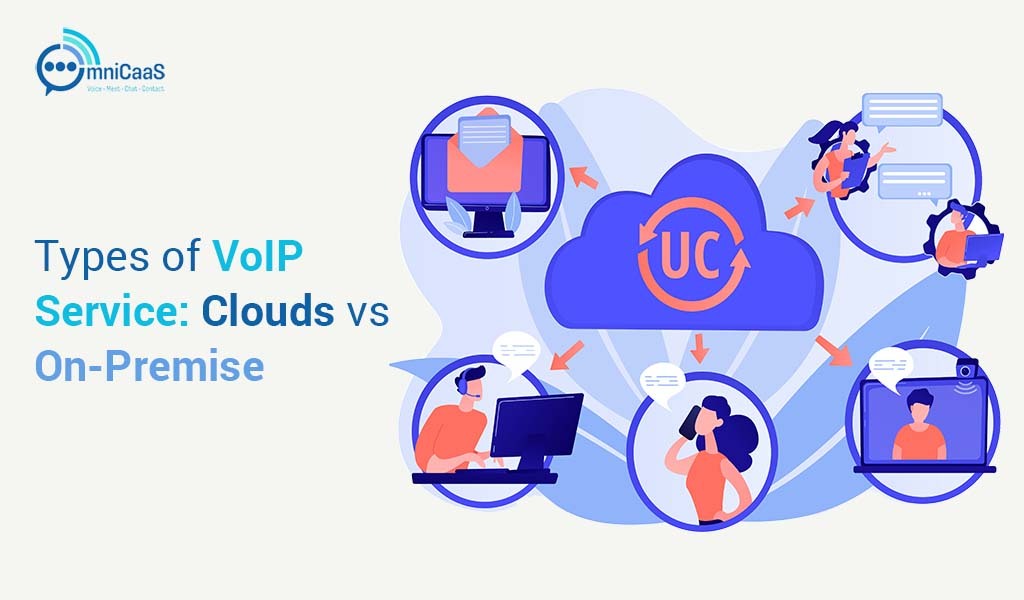
The way businesses communicate has undergone a massive transformation, shifting from traditional landlines to digital-first solutions. Voice over Internet Protocol (VoIP) is at the heart of this evolution, offering flexibility, advanced features, and cost efficiency that traditional systems simply cannot match. But as organizations consider switching to VoIP, one of the first questions they ask is: How much does VoIP cost, and what does that price include?
The truth is, VoIP pricing is not one-size-fits-all. It varies depending on factors such as business size, call volume, required features, and whether you choose a hosted provider or an on-premises solution. With so many providers offering different pricing models and packages, understanding the cost structure becomes critical to making the right investment.
Understanding VoIP and Its Importance
It’s important to understand what VoIP is and why it has become such a vital technology in modern corporate communication before delving further into prices and suppliers.
Voice over Internet Protocol (VoIP) is a technology that allows voice calls to be placed over the internet rather than over a regular phone line. VoIP permits conversations to be sent over broadband networks by transforming speech signals into digital data, providing a number of sophisticated communication capabilities in addition to cost savings.
VoIP has developed from a low-cost landline substitute to a robust, business-class communication tool.
Its importance lies in several key areas:
- Cost Efficiency:
Businesses can drastically reduce monthly phone bills by eliminating the need for traditional telephone infrastructure. Most VoIP providers also include unlimited domestic calls, with competitive international rates.
- Remote and Hybrid Work Enablement:
Employees can use their business numbers across multiple devices, ensuring seamless communication regardless of their location. This flexibility has made VoIP indispensable in today’s remote and hybrid work culture.
- Scalability and Growth:
Traditional systems require physical phone lines and hardware to scale. VoIP, on the other hand, allows businesses to add or remove users instantly through simple subscription adjustments.
- Feature-Rich Communication:
Beyond voice, VoIP platforms typically include video conferencing, instant messaging, voicemail-to-email, call forwarding, analytics, and integration with CRMs or project management tools. These features streamline workflows and improve productivity.
- Reliability and Business Continuity:
Since VoIP operates through the cloud, calls can be rerouted to different devices or numbers in case of outages, ensuring business continuity and reduced downtime.
What Is VoIP (Voice over Internet Protocol)?
VoIP (Voice over Internet Protocol) is essentially a technology that allows voice calls to be placed over the internet rather than through conventional copper phone lines. In short, it transforms your voice into digital signals, sends them over the internet, and then, at the other end, turns them back into sound. This procedure happens in real time, enabling high-quality, trustworthy communications across any distance.
Unlike traditional landlines, VoIP doesn’t require actual phone networks to function. To administer the communication system, you only need a service provider, appropriate devices (such as a laptop, smartphone, or VoIP-enabled desk phone), and a steady internet connection.
You may already be using VoIP without realizing it. Popular apps and platforms like WhatsApp, Zoom, Skype, and Microsoft Teams operate on VoIP technology, enabling voice and video communication over the internet. Business-grade VoIP solutions take this technology further by offering enterprise-level reliability, scalability, and features designed to enhance productivity.
How VoIP Works
- Voice Conversion: Your spoken words are captured and converted into digital data packets.
- Transmission: These packets travel across the internet using broadband or wireless networks.
- Reconstruction: On the receiving side, the data packets are reassembled into sound, making the conversation seamless.
How VoIP Works: Basics of Internet-Based Calling
VoIP can appear complicated at first, but when you break it down, it’s actually rather simple. VoIP uses the internet to swiftly and effectively send voice data rather than traditional phone lines. In light of this, it is both affordable and adaptable for both people and enterprises.
Step-by-Step Process of VoIP Calling
1) Voice Capture
When you speak into a VoIP-enabled device, such as a desk phone, computer headset, or smartphone app, your voice is captured as an audio signal.
2) Conversion into Data Packets
A technique known as packet switching is then used to transform the audio stream into tiny digital data packets. Your voice fragments are included in each package, along with instructions on how to put them back together later.
3) Transmission Over the Internet
These data packets travel in real time via wireless or broadband networks, just like emails or files do. The algorithm ensures they arrive as quickly as possible, even if they take slightly different routes.
4) Reassembly and Playback
The data packets are reassembled in the proper sequence and transformed back into an audio signal at the receiving end. Your voice is heard by the other person nearly immediately, resulting in a smooth and organic dialogue.
Factors That Affect VoIP Costs
Although VoIP is generally acknowledged to be less expensive than conventional phone systems, the precise cost might vary based on a number of factors. Comprehending these factors can assist you in creating a budget that accounts for your company’s requirements and avoids unforeseen costs.
1) Number of Users and Lines
Most VoIP providers charge on a per-user, per-month basis. The total cost increases as your business adds more users or extensions.
While small businesses may only need 5 to 20 users, large enterprises often require 500+ lines. Many providers offer discounts for volume licensing, so scaling up can sometimes lower the per-user cost.
2) Features and Functionality
As you go from basic plans to feature-rich packages, VoIP expenses increase. Call forwarding, voicemail, caller ID, and unlimited domestic calls. In comparison to a basic calling-only service, expect increased monthly rates if your company needs additional features.
3) International Calling
Limitless domestic calls are included in the majority of VoIP subscriptions; however, international calling costs differ significantly. While some companies charge by the minute, others provide global calling bundles. Before selecting a supplier, companies with a significant global presence should carefully consider these charges.
4) Hardware Requirements
Some businesses choose VoIP-enabled desk phones, conferencing systems, or contact center gear, even though VoIP may be used on current devices (smartphones, laptops, and headsets). Depending on the model and quality, they have extra one-time or lease fees.
5) Setup, Installation, and Training
While some VoIP companies offer free onboarding, others require a setup fee per user or account. Additional installation or training expenses could be incurred by companies switching from traditional systems.
Type of VoIP Service: Cloud vs. On-Premise

1) Cloud-Based VoIP (Hosted VoIP):
In a cloud-based VoIP setup, the entire phone system is hosted and managed by a third-party service provider. Your business simply pays a monthly subscription fee, typically on a per-user basis, while the provider takes care of the infrastructure, updates, and maintenance. This option is highly attractive for small and mid-sized businesses because it eliminates the need for expensive upfront investments in hardware or in-house IT staff.
2) On-Premise VoIP:
An on-premise VoIP system places the responsibility of owning and managing the hardware, servers, and software directly within your organization. Unlike cloud-based models, this requires a larger upfront investment in infrastructure and may also involve hiring or training IT staff to manage the system. The benefit, however, is greater control over customization, security, and performance. For large enterprises or businesses with strict compliance requirements, an on-premise VoIP system offers the ability to configure and secure the network exactly as needed.
VoIP Pricing Models
1) Per-User, Per-Month Subscription:
This is the most common pricing model used by VoIP providers. Businesses pay a flat monthly fee for each user or “seat.” The subscription usually includes a bundle of features such as unlimited domestic calling, voicemail, call forwarding, and basic analytics. This model is straightforward, predictable, and easy to budget for.
2 ) Tiered Plans:
Many VoIP providers offer tiered packages that vary based on features. A basic plan may include only essential calling features, while higher-tier plans unlock advanced capabilities. This gives businesses flexibility to choose what matches their needs.
3) Pay-As-You-Go:
Some VoIP providers allow businesses to pay only for the minutes or services they use, rather than a flat monthly rate. This model can be highly cost-effective for businesses with low call volumes or seasonal fluctuations in communication needs.
4) Enterprise Custom Pricing:
For large organizations, providers often create custom quotes based on the number of users, required features, global calling needs, and security requirements. These plans may include volume discounts, service-level agreements (SLAs), and dedicated account management.
Hidden Costs to Consider in VoIP Services
While VoIP is generally more cost-effective than traditional phone systems, it’s important to be aware of potential hidden costs that may not appear in the advertised pricing. These can impact your overall budget if not accounted for in advance.
1) Setup and Installation Fees:
Some providers charge one-time setup fees for account activation, number transfer, or system installation. When onboarding hundreds or even thousands of members, these expenses may add up, even though they frequently appear little when compared to monthly fees.
2) Hardware Costs:
VoIP can be used with cellphones and PCs that are already in place, but you will need to account for the cost of hardware if your company needs desk phones, conference systems, or headsets.
3) International Calling:
Unlimited domestic calling is standard with most VoIP plans, but international calls are usually billed separately. Rates vary widely depending on the provider and the destination country, which can significantly impact businesses with global operations.
How to Choose the Right VoIP Provider for Your Business
The “best” provider depends heavily on your specific needs. Here are the key criteria you should use when comparing providers, with insights to help you make the right decision.
1) Call Quality & Reliability
The provider must deliver clear, stable voice/audio, minimal latency, minimal jitter, reliable uptime. Uptime promises, SLAs, redundancy (multiple servers/data centers) matter. Poor call quality or frequent glitches damage customer experience and internal operations.
2) Features vs Necessity
It’s not always beneficial to have more features. Decide which components are essential vs “nice-to-have.” Auto attendants, IVR, call routing, analytics, voicemail transcription, video conferencing, SMS, softphones, and mobile applications are a few examples. Choose a provider that provides the features you need without charging too much for extras you won’t use very often.
3) Scalability & Flexibility
Your company could grow, contract, or alter its communication style. Seek out service providers that facilitate user additions and deletions, support remote and in-office hybrid working, permit regional growth, or offer international calling. Adhering to a strict plan might end up being expensive.
4) Pricing Transparency & Total Cost of Ownership
Consider more than just the standard subscription costs. Identify setup fees, hardware expenses, hidden fees, and add-on prices (such as those for international calls, premium support, and number porting). Evaluate one-time vs recurrent expenses as well. You must have a clear understanding of the upfront and recurring costs.
5) Support & Customer Service
Good technical support (ideally 24/7), local presence or good regional coverage if your operations span many regions, onboarding support/training, responsiveness. If something goes wrong (hardware, network, software glitch), you need reliable support.
6) Integration & Ecosystem Compatibility
The degree to which the VoIP system works with the other tools you employ, such as the help desk, CRM, calendar, email, and collaboration platforms (like Slack and Microsoft Teams). Integration lowers friction, boosts productivity, and avoids transfer expenses (special coding, app switching, etc.).
7) Security & Compliance
Compliance and security are particularly important if you work with sensitive data (healthcare, financial, etc.). Assure multi-factor authentication, secure data centers, encryption of audio and signals, adherence to applicable laws (such as HIPAA and GDPR), and defense against risks unique to VoIP (such as spoofing and toll fraud).
You can make an informed choice that strikes a balance between price and functionality by being aware of the various VoIP service kinds, pricing structures, hidden fees, and the leading providers in 2025.
The right VoIP service will enable your team to communicate easily, improve teamwork, and scale effectively, regardless of whether you choose an on-premise system for more control and protection or a cloud-based option for flexibility and simplicity of management.


Post a Comment